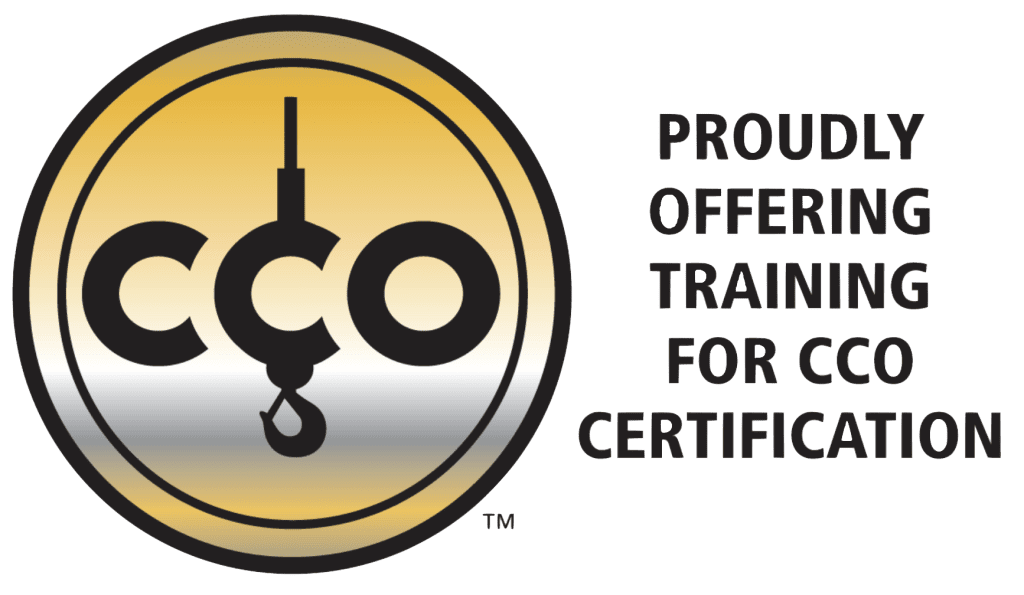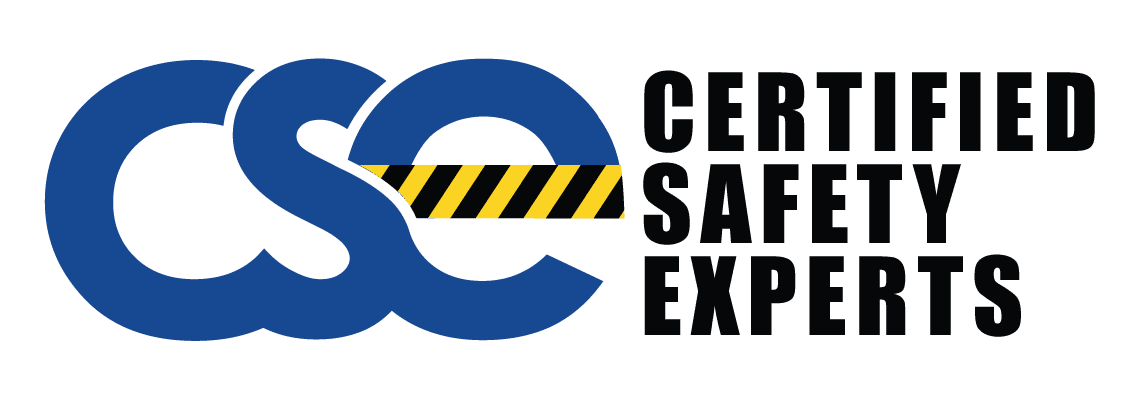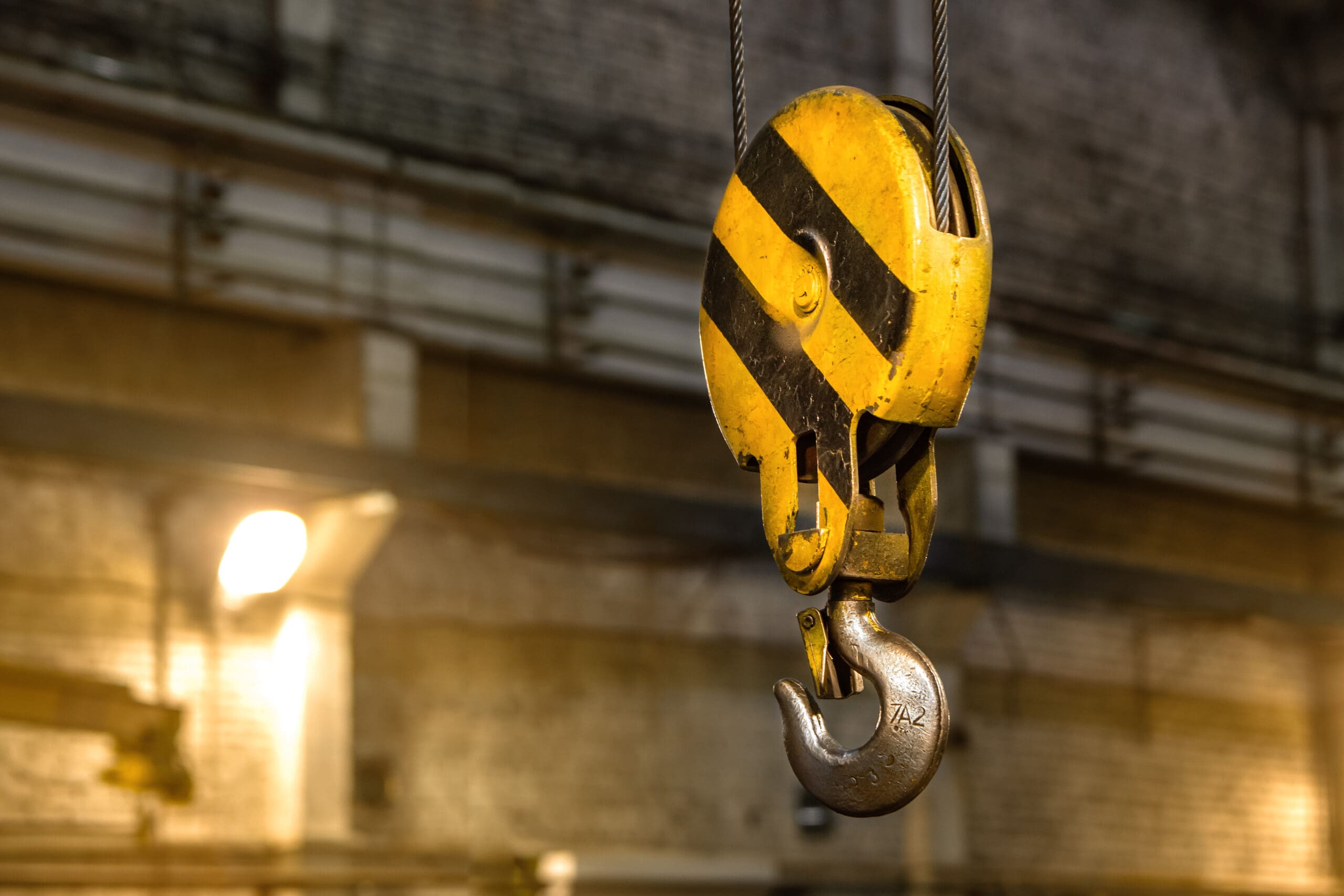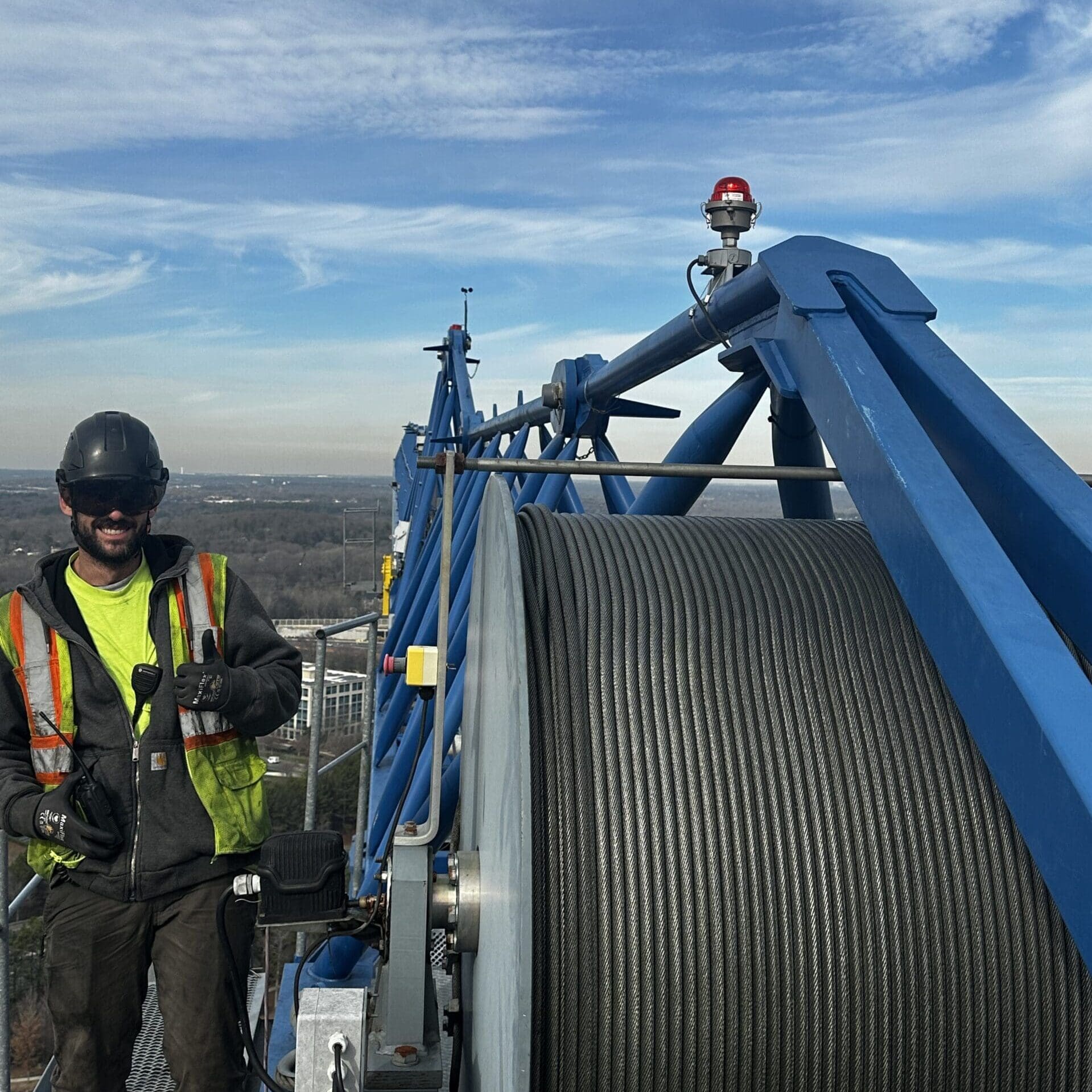Occupational safety is very important in any job. This includes using overhead cranes. Knowing and following the standards set by the Occupational Safety and Health Administration (OSHA) is not just a legal requirement. It’s also a key way to ensure a safe and productive work environment. This article will explain why OSHA guidelines matter for overhead crane operations, and how following ASME standards for crane operator training can help maintain safety and productivity.
The Significance Of OSHA Standards For Overhead Crane Operations
OSHA standards are key for safety in crane operations. They aim to reduce the risks that come with lifting and moving heavy objects. These standards give clear guidelines for both employers and workers, including those set by the American Society of Mechanical Engineers (ASME). ASME, similar to OSHA, focuses on certification, accreditation, learning, and development in the field of mechanical engineering. For more specific guidelines on hoist and crane training, ASME’s standard B30 can be referenced. By following OSHA and ASME standards, companies can lower the chances of accidents, injuries, and deaths, ultimately creating a safe and responsible workplace culture.
Overview Of OSHA’s Role In Ensuring Safety
OSHA is part of the U.S. Department of Labor. It is the main group in charge of setting and enforcing safety and health rules at work. OSHA regulations apply to many different industries. They cover a variety of equipment and tasks, such as using overhead cranes. To do its job, OSHA checks workplaces, creates and updates safety rules, helps with compliance, and provides government training materials and resources. The main goal of OSHA is to stop injuries, illnesses, and deaths at work. It wants to build a culture focused on safety and careful risk management.
Key OSHA Standards For Overhead Crane Usage
OSHA does not have specific rules just for crane operator training. However, it does offer guidance in its broader rules that focus on using overhead cranes safely. These guidelines stress that employers must make sure crane operators are skilled and able to operate the equipment safely, meeting the necessary OSHA overhead crane training requirements. Employers should offer enough training and tests to check how well an operator can do tasks like inspecting the crane, spotting possible dangers, and knowing the limits of loads. Since there are no direct OSHA rules for crane operator training, it’s important to look at the best practices in the industry and ask certified safety experts for help.
Certified Safety Experts’ Approach To Meeting OSHA Guidelines
Certified safety experts help organizations understand OSHA guidelines. They turn these rules into useful training programs that fit each company’s needs. These experts know a lot about OSHA overhead crane training requirements and the best ways to keep workplaces safe. They do more than just share information. They work to build a culture that puts safety first, including conducting regular audits to check for risks, identify hazards, and take action to improve safety and ensure compliance with OSHA guidelines.
Customized Training Programs For Overhead Crane Operators
Certified Safety Experts know that every organization and crane operation is different. They create specific training programs just for crane operators. These programs mix theory with practical, hands-on training. This helps operators understand how to operate cranes safely.
The training usually covers important topics. These include crane parts, how to handle loads, pre-operational checks, emergency plans, and communication signals. By customizing the content for the type of crane, the workplace, and the tasks to be done, certified safety experts help operators do their jobs safely and well.
How Certification Enhances Safety And Compliance
Operator certification shows that a person can safely operate overhead cranes and has a thorough understanding of the subject matter. To get certified, individuals must complete tough training programs. They also have to pass written tests and practical exams while following strict safety rules. This process helps employers feel confident in their operators’ skills. It creates a safer workplace for everyone. Additionally, certification shows that a company is serious about following OSHA’s safety training rules. This can help reduce risks and may even lower insurance costs.
Essential Components Of Overhead Crane Safety Training
Effective overhead crane safety training does more than teach basic operational steps. It includes a complete understanding of how cranes work, how loads behave, and possible risks. Operators need to know how to spot and avoid unsafe situations. They must also respond correctly during emergencies and perform detailed checks before and after use. Mixing both practical training and theory through a comprehensive training course helps operators become better and encourages them to focus on safety.
Understanding Crane Types And Their Specific Requirements
Overhead cranes come in different types. They all have their own designs and ways they work. Good training programs teach operators about the specific type of equipment they will use, including hoists. This includes learning about load capacities, how to lift, and the safety devices involved. For example, operators who drive gantry cranes need special training. These cranes are common in shipyards and steel mills. They face unique challenges, like dealing with wind and uneven ground. Knowing the technical aspects of each crane is very important for safe and efficient operations.
The Role Of Inspections And Maintenance In Crane Safety
Inspections and maintenance are key parts of keeping overhead cranes safe. They help prevent problems and accidents. Training programs highlight how important it is to do checks before shifts. This can help find issues like damaged cables, old hooks, or broken limit switches. Operators also learn basic maintenance tasks, like lubrication and cleaning, to ensure the proper functioning of overhead equipment. Regular inspections, along with proper training on spotting and reporting issues, greatly improve safety at work.
Role Of Certified Safety Experts In Overhead Crane Training
Certified safety experts are important partners in creating and running effective overhead crane training programs. They make sure these programs meet OSHA standards and follow the best practices in the industry. These experts have lots of experience and skills. They tailor the training content to meet the specific needs of operators and the different challenges that come with each crane type. Their help ensures training programs are complete, interesting, and up to date with the latest safety protocols, including the reviews for Overhead Crane Trainer Certification in September.
Developing Competency Among Crane Operators
Developing skilled crane operators takes a mix of learning and practice. Operators need to know the theory, understand the equipment, and be aware of safety risks. Certified safety experts use different ways to evaluate and improve operator skills, including written and practical examinations. These examinations, defined by the owner/user and in accordance with local, state, and federal provisions, verify that the operator has acquired the necessary knowledge and skill to operate the particular crane(s). This method helps ensure that operators can operate the crane safely and do their job well.
Advanced Simulation Techniques For Realistic Training Scenarios
Using advanced simulation technologies has changed how overhead crane operator training works. It now provides realistic training experiences without the dangers of real operations. These simulators mimic the crane’s controls and responses. They let operators train in different scenarios, like normal lifts, emergencies, and equipment problems. By creating a safe and controlled space to learn, simulators help operators improve their skills and decision-making. This way, they gain important experience before using real cranes. It also reduces the chance of making mistakes in real situations.
Navigating The Certification Process
The path to becoming a certified crane operator may look tough, but certified safety experts can help. They simplify the process and make sure candidates are ready. These experts provide study materials and guide people through the application steps. They also clear up any confusion about the certification requirements. Certified safety experts make the certification process more than just a challenge. Instead, it becomes a valuable learning time that improves safety awareness and skills for operators.
Step-by-Step Guide To Achieving OSHA Compliance
Achieving OSHA compliance for overhead crane operations is an attainable goal with a systematic approach.
| Step | Description |
| Training | Enroll employees in a comprehensive overhead crane operator training program that covers OSHA standards, crane operation basics, load handling, inspections, and emergency procedures. |
| Written Exam | Conduct a written exam to evaluate operators’ understanding of OSHA regulations, crane mechanics, safety protocols, and load chart interpretation. |
| Practical Exam | Administer a practical exam to assess operators’ ability to safely and effectively control the crane, perform pre- and post-operation inspections, and execute various lifting tasks, demonstrating proficiency in real-world scenarios. |
| Documentation | Maintain meticulous records of training completion certificates, written exam scores, practical exam evaluations, and any other relevant documentation. |
| Periodic Evaluation | Conduct regular evaluations of operators’ performance to ensure their skills remain sharp and their knowledge is up to date. Refresher training should be provided as needed. |
Renewal And Continuing Education For Crane Operators
Crane operator certification is not something you achieve just once. You need to renew it to keep up with safety rules and the best practices in the industry. To renew, operators usually have to complete courses, show they can operate cranes well, and pass a recertification test. This way, certified operators can keep their skills sharp and stay updated. It helps reduce the chance of not paying attention to safety and supports continuous learning in overhead crane operation. Continuing education and accreditation also help experienced operators learn about new technology, changing safety rules, and tricks to deal with new risks.
Conclusion
It is very important to understand and follow OSHA standards for overhead crane operations. This helps keep workplaces safe and meet legal rules. Certified safety experts are key to offering training programs that improve skills and support a safe culture. When companies follow OSHA guidelines and invest in proper training, they can reduce risks, work better, and make a safer environment for everyone. If you want to improve your overhead crane operations with certified safety help, please reach out to discuss training solutions that match your needs.
